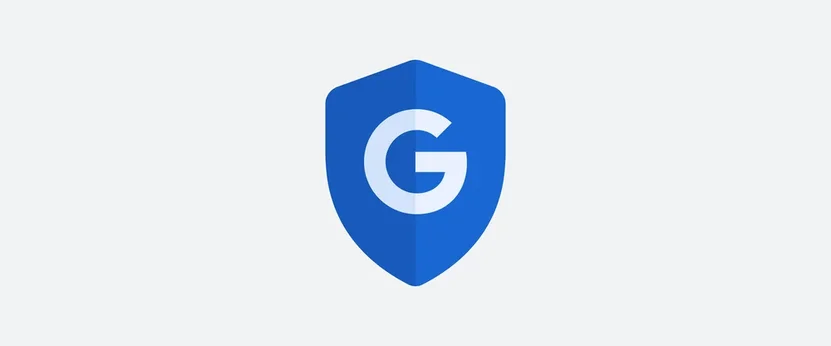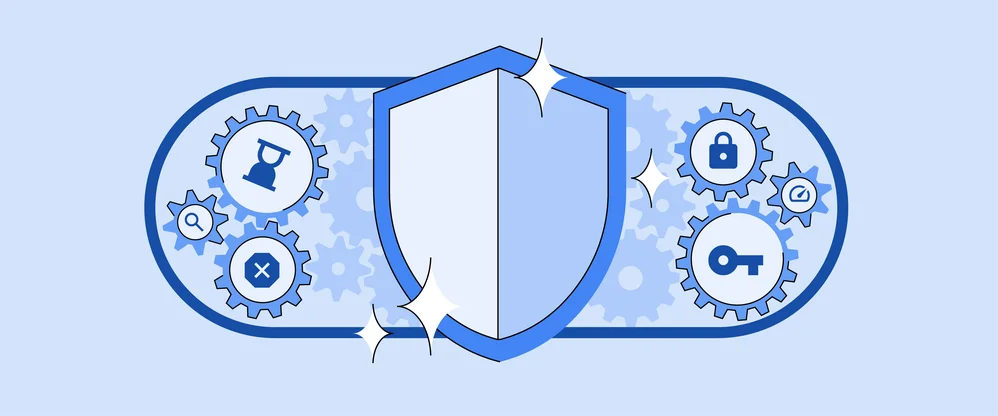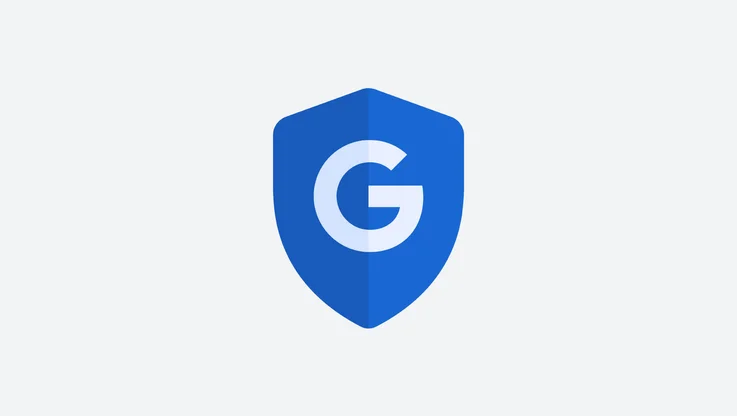Transparency Report: Making the web a safer place
Two of the biggest threats online are malicious software (known as malware) that can take control of your computer, and phishing scams that try to trick you into sharing passwords or other private information.
So in 2006 we started a Safe Browsing program to find and flag suspect websites. This means that when you are surfing the web, we can now warn you when a site is unsafe. We're currently flagging up to 10,000 sites a day—and because we share this technology with other browsers there are about 1 billion users we can help keep safe.
But we're always looking for new ways to protect users' security. So today we're launching a new section on our Transparency Report that will shed more light on the sources of malware and phishing attacks. You can now learn how many people see Safe Browsing warnings each week, where malicious sites are hosted around the world, how quickly websites become reinfected after their owners clean malware from their sites, and other tidbits we’ve surfaced.

Sharing this information also aligns well with our Transparency Report, which already gives information about government requests for user data, government requests to remove content, and current disruptions to our services.
To learn more, explore the new Safe Browsing information on this page. Webmasters and network administrators can find recommendations for dealing with malware infections, including resources like Google Webmaster Tools and Safe Browsing Alerts for Network Administrators.





